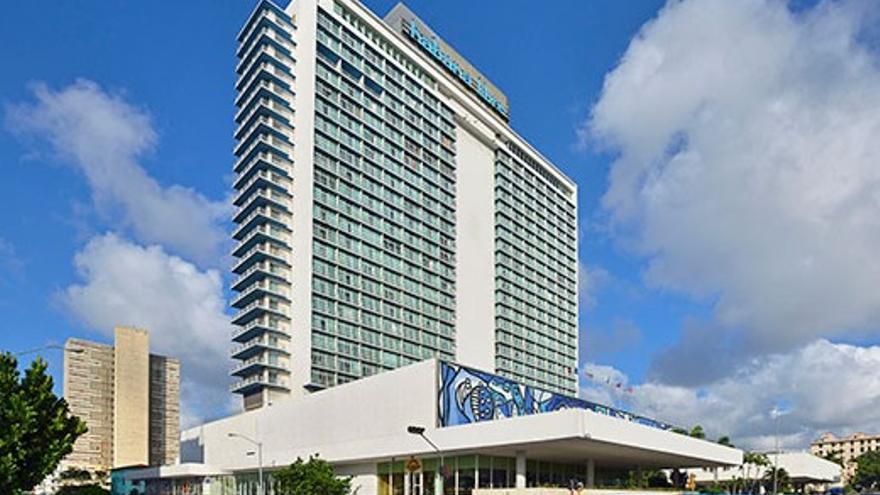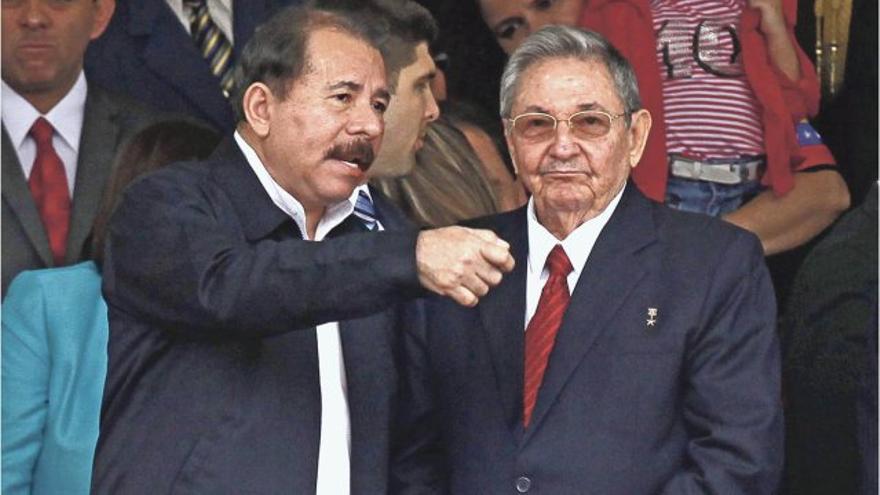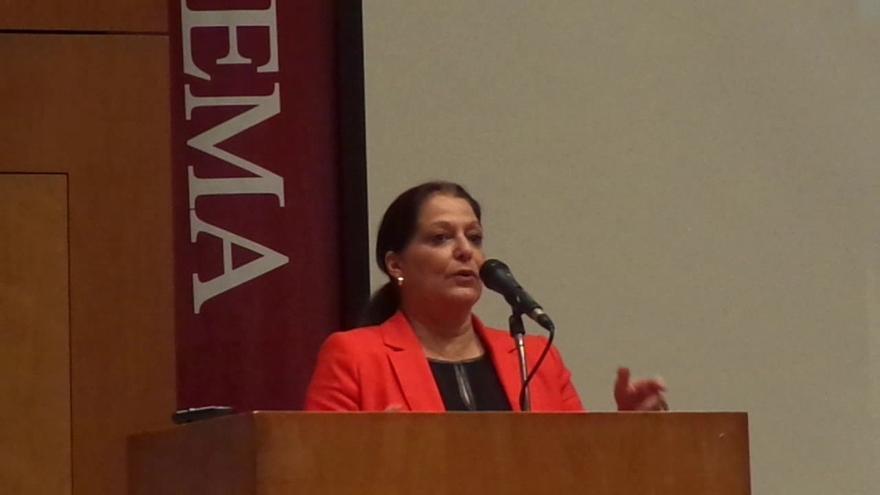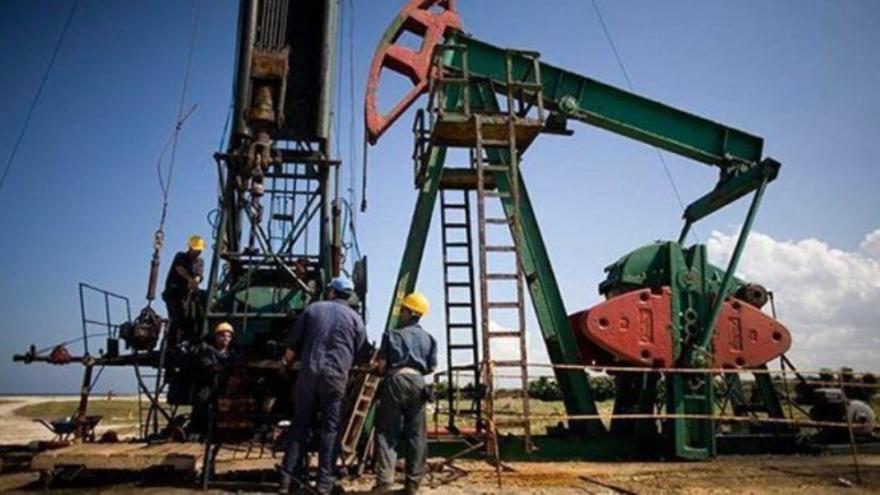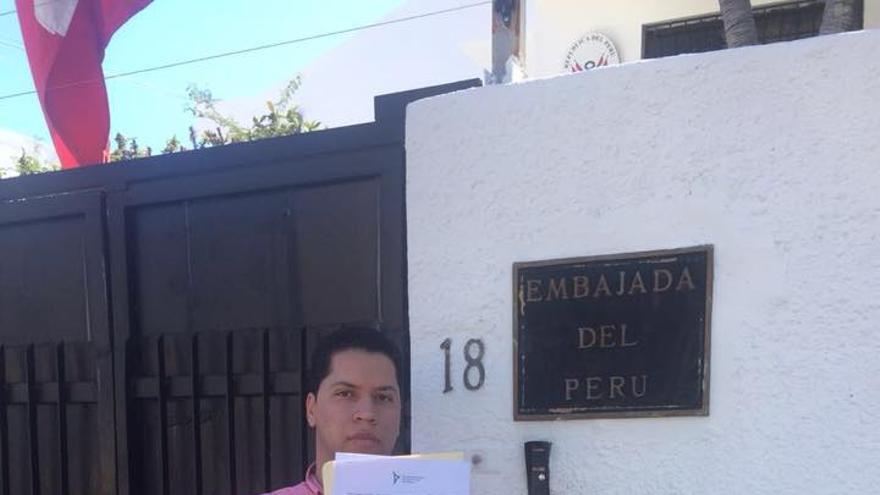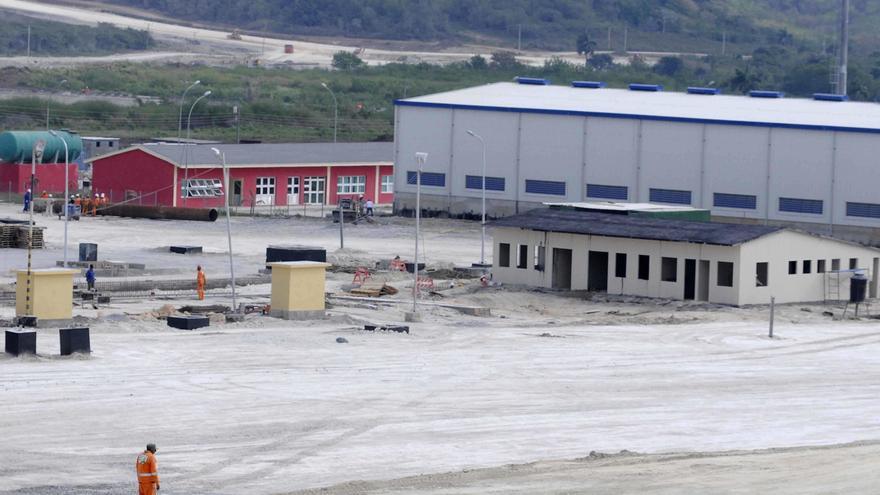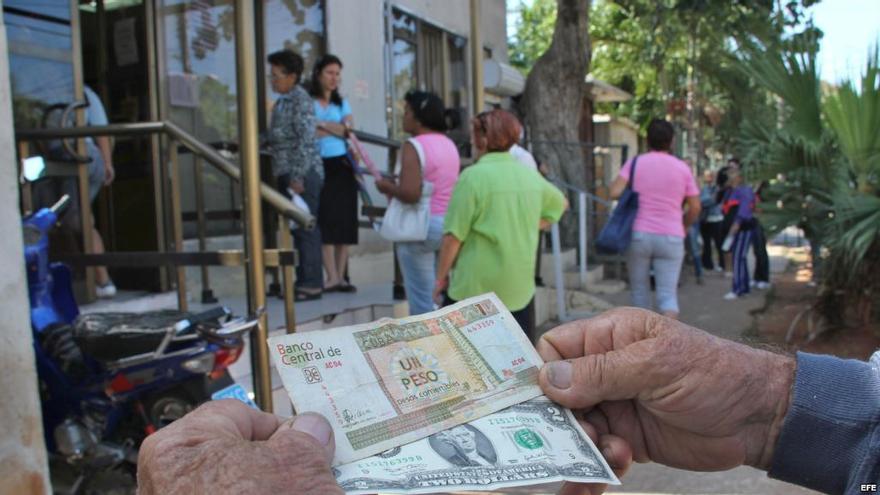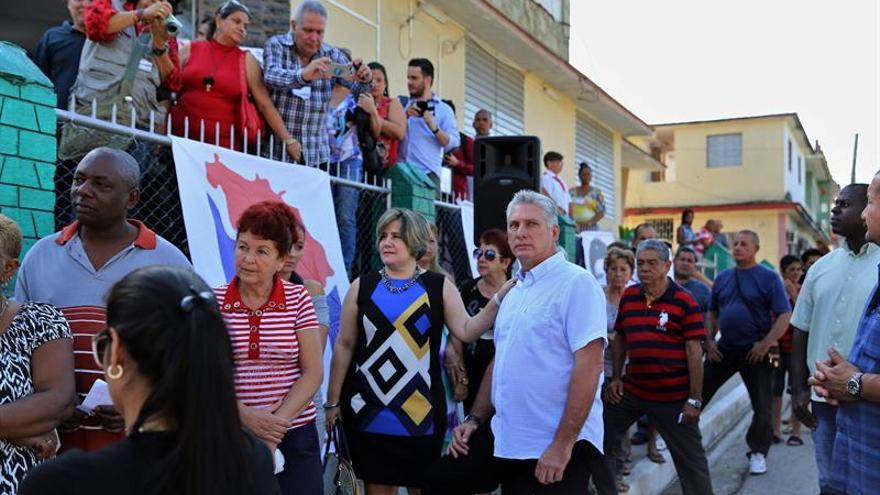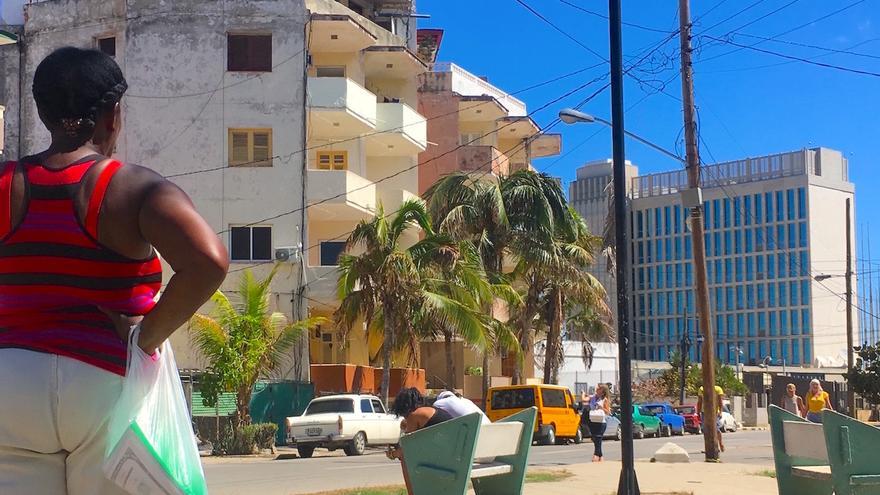The name of the current first vice president is first on the proposed list from the National Candidacy Commission (CCN) for the formation of the highest government body, the State Council, which will be put to a vote in the National Assembly, the result of which will not be known until tomorrow. continue reading
The first president of Cuba in almost 60 years who will not be named Castro and who will not wear a military uniform (if we exclude the case of Osvaldo Dorticós, who formally filled the presidential chair under Fidel Castros’s rule and committed suicide in 1983), will lead the generational change promised by his predecessor, in a meticulously designed succession whose objective is to ensure the survival of the socialist system.
Belonging to a generation that did not participate in the struggle of the Sierra Maestra, educated in communist orthodoxy and marked in his youth by the socialism sponsored by the extinct USSR, Díaz-Canel is a man of the Communist Party (PCC) who has climbed, step by step and without histrionics, the rungs of power until reaching the highest leadership level.
“He is not an upstart nor unprepared,” said Raul Castro when in 2013 Diaz-Canel was appointed first vice president, the regime’s number two, which became his launching pad for the presidency.
Born in Placetas in 1960, this electronic engineer who turns 58 on Friday began his political career in 1987 in the Union of Young Communists (UJC) at the Central University of Las Villas, where he worked as a teacher.
Seven years later and, after progressing in the ranks of the UJC and joining the PCC, he was appointed first secretary of the party in his native province of Villa Clara.
There he left the imprint of a person accessible and close to the people during the hard times of the so-called Special Period in a Time of Peace, after the collapse of the Soviet Union and the loss of its enormous economic support for the Island. In Villa Clara he could be seen touring the neighborhoods by bike or on foot, dancing at festive events and even supporting initiatives such as El Mejunje, a pioneering center in transvestite shows which become a symbol of the struggle for LGTBQI rights.
In 2003 he took a major step in his career: in addition to being named first secretary of the Party in the province of Holguín, he joined the all-powerful Political Bureau of the PCC.
He was already in General Raul Castro’s sights, who at that time emphasized Diaz-Canel’s “high sense of collective work and effectiveness with subordinates” and his “strong ideological firmness.”
His move to the national government came in 2009 as Minister of Higher Education. Four years later, in 2013, he was elevated to first vice president of the Councils of State and of Ministers, “a defining step in shaping the future direction of the country,” Raúl Castro announced at that time.
With a serious mien and somewhat cold and expressionless in his official appearances, Díaz-Canel is an experienced politician who has behaved cautiously, aware of the risks involved in being tempted by “the honey of power.”
Temptations that ended in the defenestration of previous “dauphins” of Castroism, including Roberto Robaina and Carlos Lage, two of the failed promises of the Fidelista era that attracted the spotlight more than Castro allowed.
Now, as “number two,” Díaz-Canel has become visible to Cubans and internationally: on the island his appearance in the state media has been constant and in the last five years he has made numerous international visits and tours.
In his public speeches, Díaz-Canel has exhibited a discourse faithful to revolutionary orthodoxy, with continuous references of loyalty to Fidel and Raúl Castro and to the historical generation that fought in the Sierra Maestra.
Like his mentor, Díaz-Canel is not a friend of lavish personal displays before the media and even less so before international ones, although he has spoken on several occasions of ending the secrecy of news sources and has admitted limitations in the official media.
One aspect that distinguishes him from his predecessors is a certain sensitivity to promoting new technologies in Cuba – among the countries in the world with the least access to the Internet – but with a view to counteracting the “pseudo-cultural avalanche,” “the banal” and “the subversive,” in order to replace it with the “contents of the Revolution.”
The challenges Díaz-Canel faces are as many as the uncertainties he arouses.
Having ruled out a political transition, the candidate is called to complete the reforms that Raúl Castro has left pending such as ending the Island’s dual currency system, expanding private work, growing foreign investment and improving the precarious salaries in the state sector.
Another question is how he will manage the battered relations with the United States after the brakes imposed by the Trump administration on the thaw between the two nations.
And one of the most interesting enigmas is how he will consolidate his own leadership, both before the population and in the complex balances of power in Cuba between the Communist Party, the Armed Forces and the Government, and between the reformist and orthodox sectors.
Diaz-Canel is a leader circumspect about his family life, although it is known that he has two children from his first marriage.
His second wife is Liz Cuesta, an academic expert in Cuban culture who has been seen in numerous public events, where she projects herself, in an unprecedented image in revolutionary Cuba, as a “first lady” of the country.
_________________________
The 14ymedio team is committed to serious journalism that reflects the reality of deep Cuba. Thank you for joining us on this long road. We invite you to continue supporting us, but this time by becoming a member of 14ymedio. Together we can continue to transform journalism in Cuba.
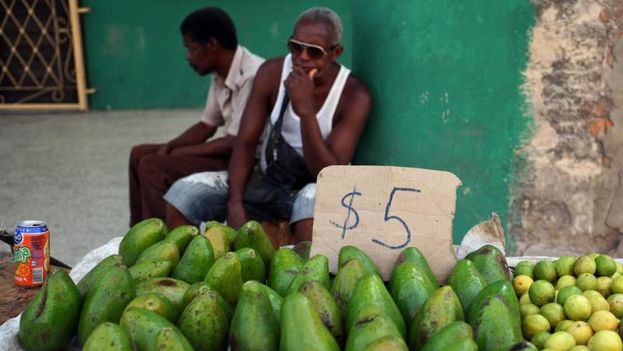
![]() EFE, via 14ymedio, 29 April 2018 — Cuba plans to harvest avocado year-round with a new system of staggered sowing that alternates different varieties and clones of the crop, designed to meet the high local demand for the fruit, which is also one of the products the island could export.
EFE, via 14ymedio, 29 April 2018 — Cuba plans to harvest avocado year-round with a new system of staggered sowing that alternates different varieties and clones of the crop, designed to meet the high local demand for the fruit, which is also one of the products the island could export.
